
Your 7 Step Guide to Fire Safety
Following a few simple steps can quickly and easily diminish the chances of causing any forest fire.
Enjoying the outdoors means being a steward of the outdoors. With that, fire safety and prevention is of the utmost importance. With an endless number of outdoor activities to partake in, many of these activities incorporate the enjoyment of a campfire – from ending a long hike to relaxing and enjoying a few beers with friends. They spread joy and warmth to every occasion. Campfires though can also bring tragedy and loss if not correctly and responsibly taken care of.
1. Do not build a campfire if the area prohibits campfires.
It is important to check local bulletins and rules before traveling into any wilderness setting. Many times the current fire status is posted at trailhead or park entrances. Calling the park office for the correct information can also be useful.
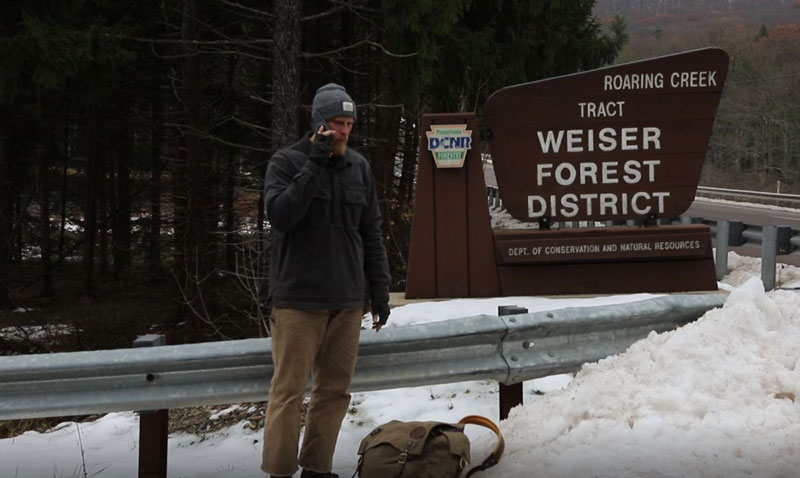
Call to check fire status or read signs at trailheads.
2. Remember the 5W’s when selecting a campsite – wind, water, widow makers, wood, and wildlife.
[Read about the 5 W’s Here.] Water is important when choosing a campsite because it will not only help with hydration but with extinguishing a campfire. Every fire should be extinguished before leaving the area. If the fire still has heat then leaving the area would not be a suitable option. Wood helps fuel the campfire and can also be fuel during an undesired situation. It is critical to making sure that the area is clear of excessive dead wood that may accidentally catch fire and become uncontrollable so clearing a large area around the campfire is crucial. Remove dead branches, leaves, dead overhead branches, and stack firewood far away from campfire location.
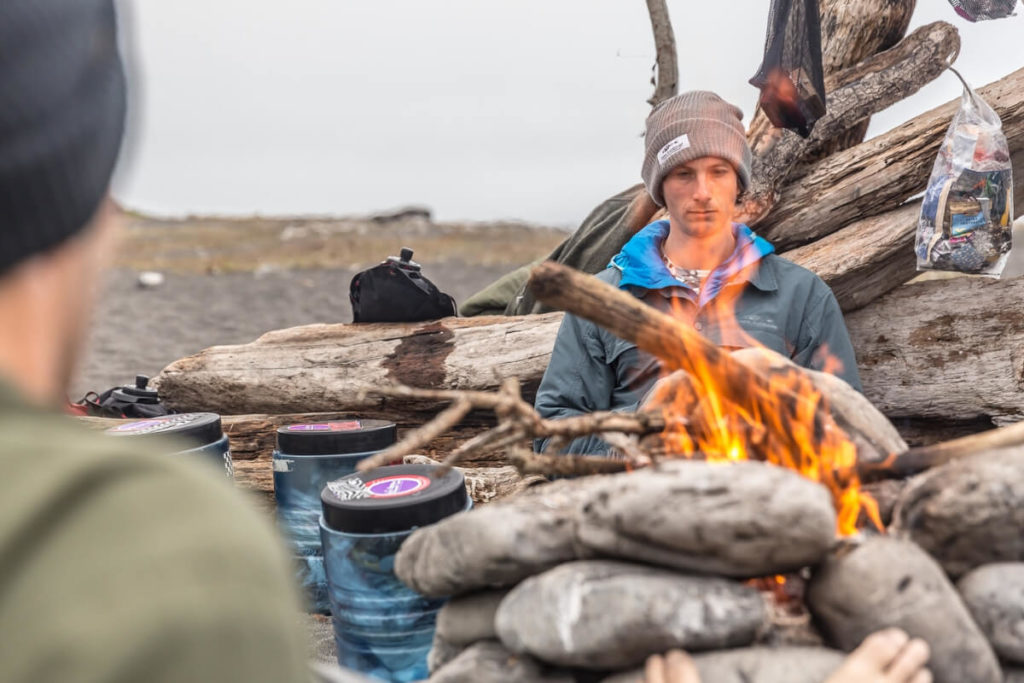
3. A campfire ring or pit is also important.
Again, be sure to check the rules of the area before deciding which style of fire containment system to use. A campfire ring built with rocks can help contain the fire and its embers. Likewise, a shallow pit can be dug to hold the fire. Be aware of both styles because each system has benefits and drawbacks. Fire rings are easy to set up, but if not taken away after use can leave visible signs of human presence. Rings also do not expose what is under them – root fires can be tragic. Setting a fire on the surface without knowing what is under the fire pit can lead to a root fire which can show up feet away from the actual fire site. A fire pit can hide any trace of past use and allow better identification of what is in the ground. The downfall of a fire pit is that the fire generally needs to be smaller and does not burn as well because of the lack of oxygen flow.
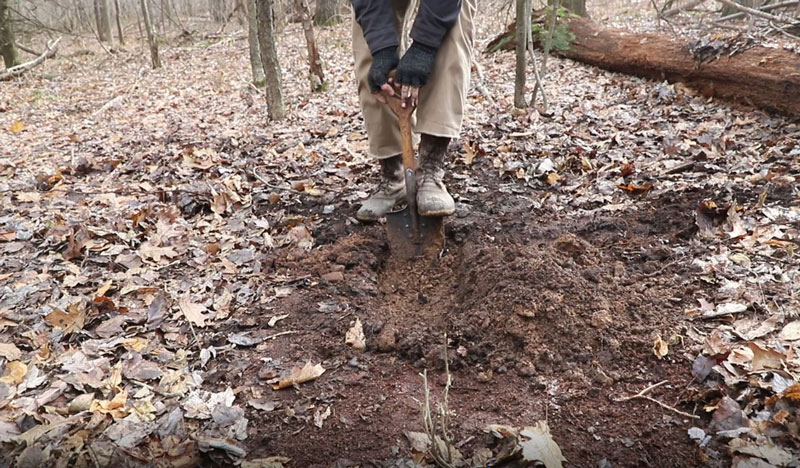
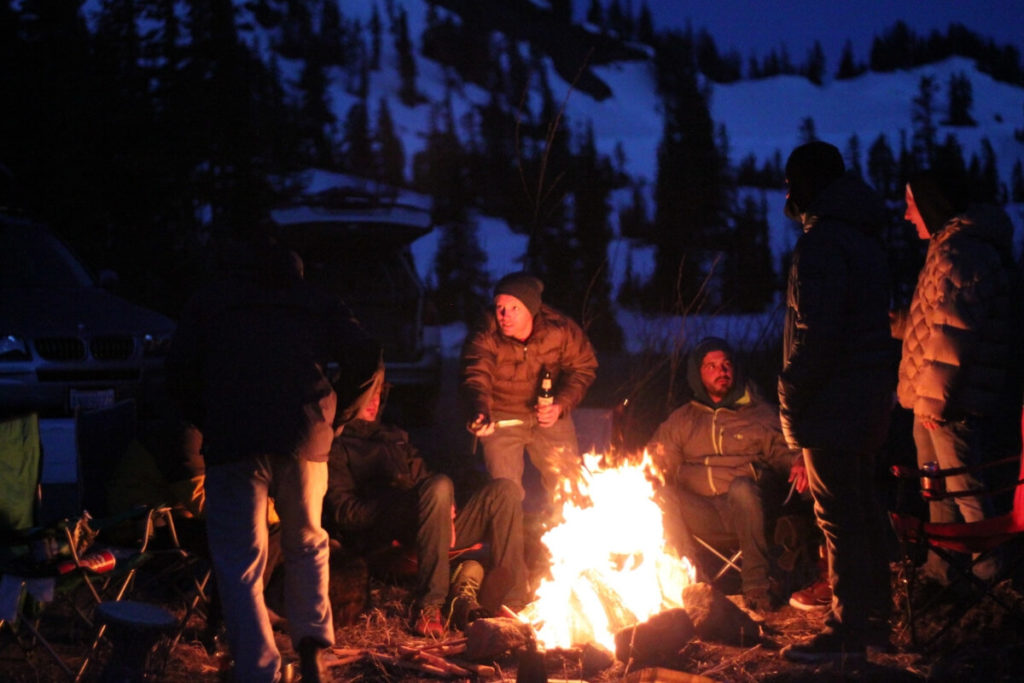
4. Weather conditions can be a fires best and worst advocate.
Wind will fuel a fire and help it to grow quickly. Unfortunately, this also applies to uncontrollable fires. A fire can spread with the help of wind by blowing burning embers into the dry material in all directions. In conditions like this, embers will ignite material making it unmanageable to control. In order to ensure that this will not happen, set-up a campfire in an area that is protected from the wind.
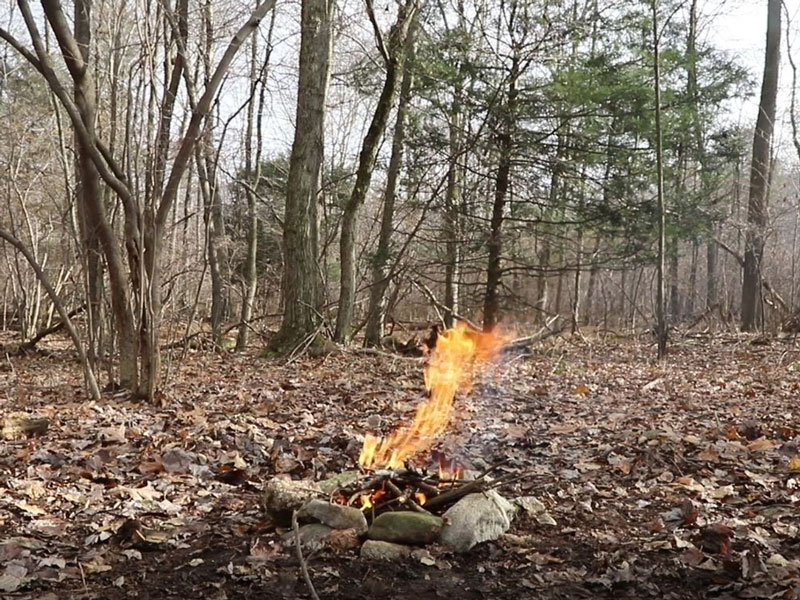
Wind can make campfires dangerous fast!
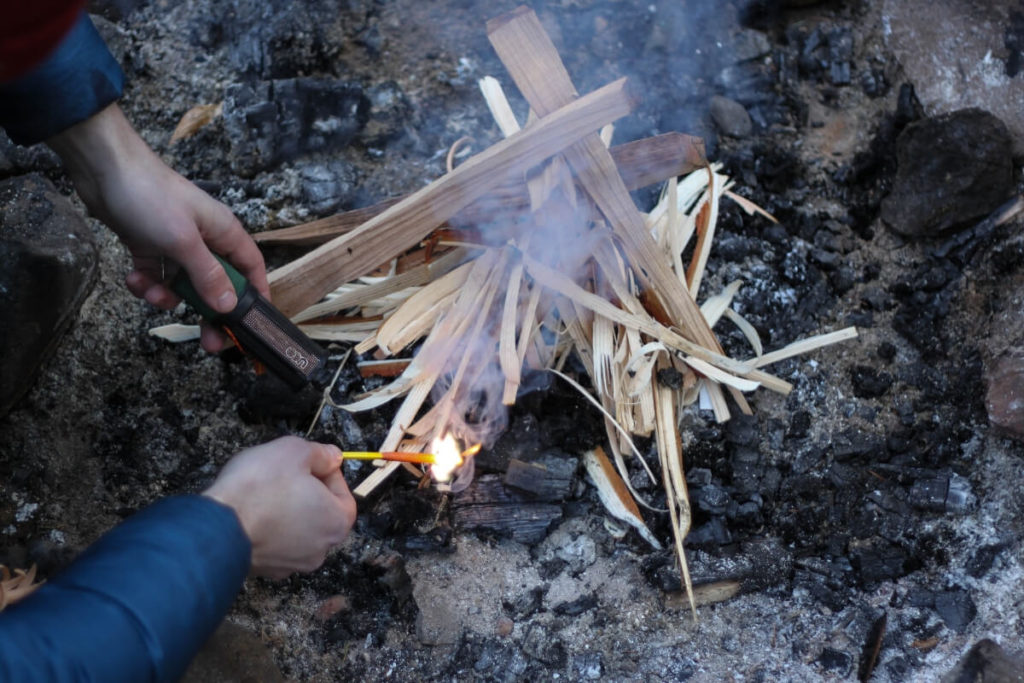
Featuring UCO Titan Stormproof Match Kit
5. It’s time to start the campfire!
First, ignite the fire and be sure to keep the fire starter.Second, burn only wood as paper, plastic, and exotic materials may explode and cause complications. Third, do not play with the fire as you do not want to start small fires outside the ring or pit. Fourth, avoid spraying flammable liquids on the fire because it can quickly escalate the fire in areas not designated to contain the fire and lastly, remember to put out the fire before falling asleep as the fire should never be unattended.
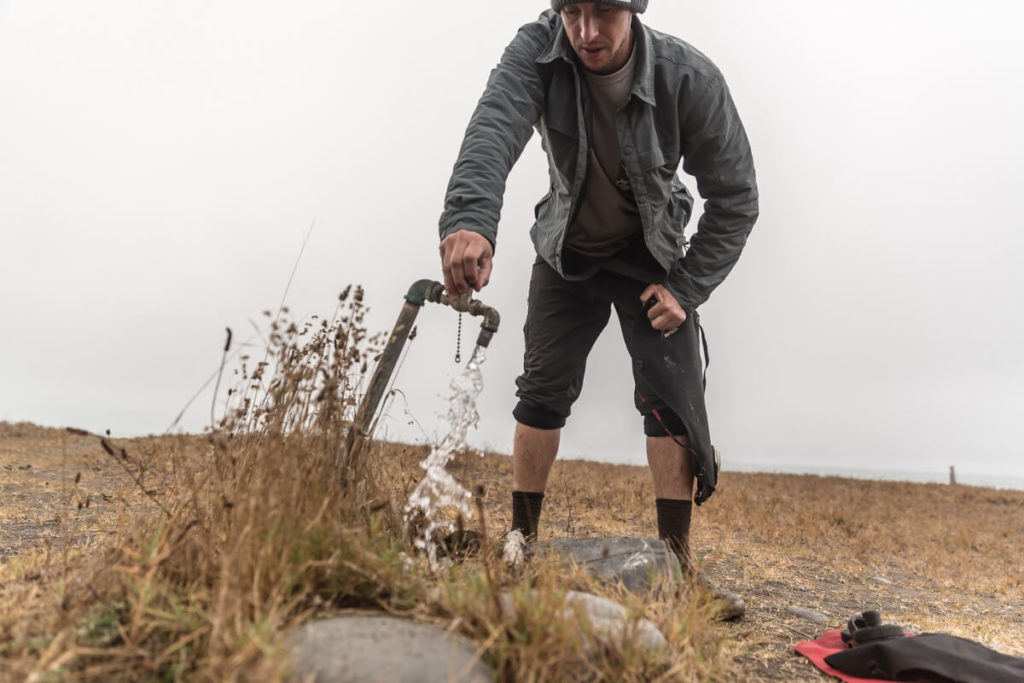
6. Extinguish the fire properly by pouring ample amounts of water over the fire pit.
Ensure the hissing sound stops and there is no smoke coming from the pit. Carefully feel the pit to make sure that there are not any warm areas. Flooding the area with water after following this protocol is always a smart choice.
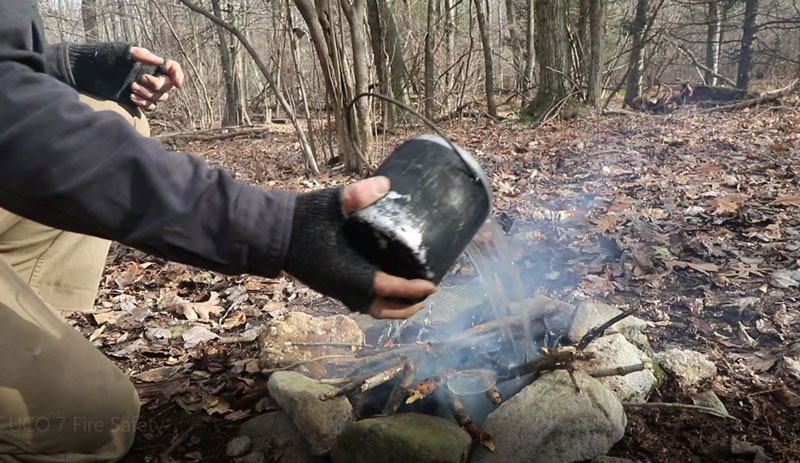
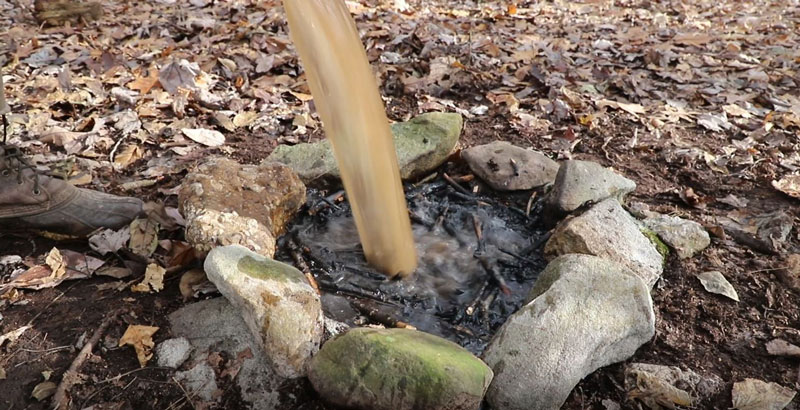
7. Enjoy!
Most people enjoy sitting by a campfire because it is relaxing and enjoyable, but always remember to be safe and use precautions to avoid dangerous situations that could occur.
As Smokey the Bear says “Only you can prevent forest fires!”
DAN WOWAK – APPALACHIAN BUSHMAN SCHOOL
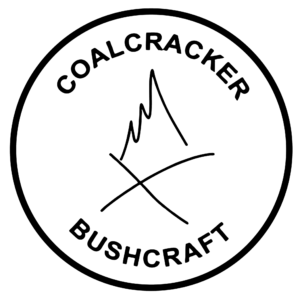
Dan Wowak, Owner and Instructor, of Coalcracker Bushcraft and the Appalachian Bushman School, has been an avid outdoorsman since childhood. His love and passion for the outdoors began while fishing and hiking with his grandfather in the hills of Appalachia. Over the years, he continued pursuing his love for the outdoors through backpacking, camping, hunting, and trapping. As time went on, Dan’s enthusiasm for the outdoors compounded with his drive for reaching his physical and mental limits.

